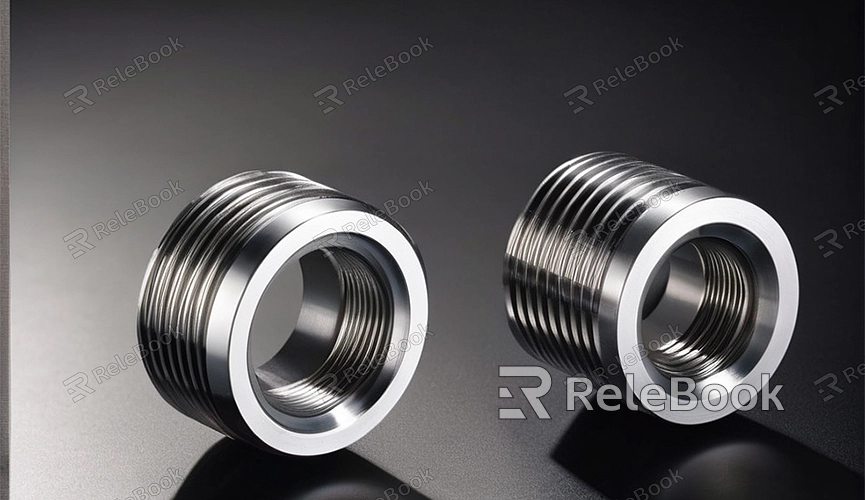Texture Steel in Blender
What is Texture Steel? Texture steel is a type of texture resource used to simulate the appearance and texture of steel surfaces, widely utilized in 3D modeling and rendering software such as Blender. This texture can replicate the glossiness, reflectivity, and surface texture details of steel, enhancing the realism and visual appeal of models.
This 3D texture can be downloaded from Relebook and applied to 3D models or scene rendering through the following steps:
1. Import Texture: Import the texture steel material into the Blender project.
2. Apply to Model: Apply the texture to the model's surface, ensuring the model is ready to accept the texture.
3. Adjust Mapping: Based on the size and shape of the model, adjust the texture mapping to achieve a natural effect on the model's surface.
4. Adjust Material Parameters: Adjust the material parameters of the steel, such as color, glossiness, etc., to achieve the desired effect.
5. Add Details: Add some additional details such as wear and rust to the steel to increase the realism and texture of the model.

Common Applications of Texture Steel in Blender:
1. Industrial Scene Design: Use texture steel to simulate factories, machinery, and other industrial scenes, adding realism and an industrial atmosphere to the scene.
2. Architectural Facade Design: Applied to decorative elements on building exteriors or roofs to add a sense of modernity and technology to the architecture.
3. Vehicle Modeling: Used in modeling and rendering of vehicles such as cars, airplanes, etc., to add surface details and texture to the vehicle body.
4. Sci-Fi Scene Creation: Use texture steel in sci-fi movies or game scenes to create visual effects of futuristic technology.
5. Interior Decoration Design: Applied to interior decoration elements such as furniture, lamps, etc., to add a sense of modernity and quality to interior spaces.
In Blender, using texture steel to simulate and render objects with steel material is crucial. Steel texture not only enhances the realism and visual appeal of rendered objects but also plays a key role in several aspects:
Enhancing Realism: Texture steel can simulate the unique surface characteristics of steel on 3D models, such as gloss, subtle scratches, wear, or rust. These details make the model look more realistic and textured.
Improving Visual Effects: By applying texture steel, the metallic feel of the model can be visually enhanced, including reflections, highlights, and shadow effects. These effects are crucial for improving the visual depth and appeal of the scene.
Supporting Complex Material Creation: In Blender's node editor, texture steel can be combined with other nodes and textures to create complex material effects. This combination can simulate various appearances of steel processing, such as plating, sanding, or polishing.
Providing High Customizability: Texture steel usually allows users to adjust its color, brightness, contrast, and the level of texture detail, providing a high level of flexibility. This enables artists and designers to adjust the texture according to the specific requirements of the project to achieve the desired effect.
Accelerating Rendering Processes: Using pre-made texture steel can simplify the material creation process, thus speeding up the entire workflow from modeling to final rendering. This is particularly valuable for projects that require quick iteration and output.
Adapting to Physically Based Rendering (PBR): Physically based rendering requires the use of high-quality materials and textures to achieve accurate lighting and shadow effects. Texture steel is particularly important in PBR workflows as they can help achieve rendering effects that maintain physical properties and visual consistency under different lighting conditions.
Texture steel is a commonly used resource in 3D modeling software like Blender. Through proper application and adjustment, it can add various unique steel effects to model rendering, enhancing the visual texture and realism of models. In different scenes, texture steel can create excellent decorative effects, allowing designers to create more exquisite and interesting 3D scenes. If you need many high-quality 3D textures and HDRI, or 3D model downloads, you can download them directly from Relebook and import the textures and 3D models into your project for immediate use.

